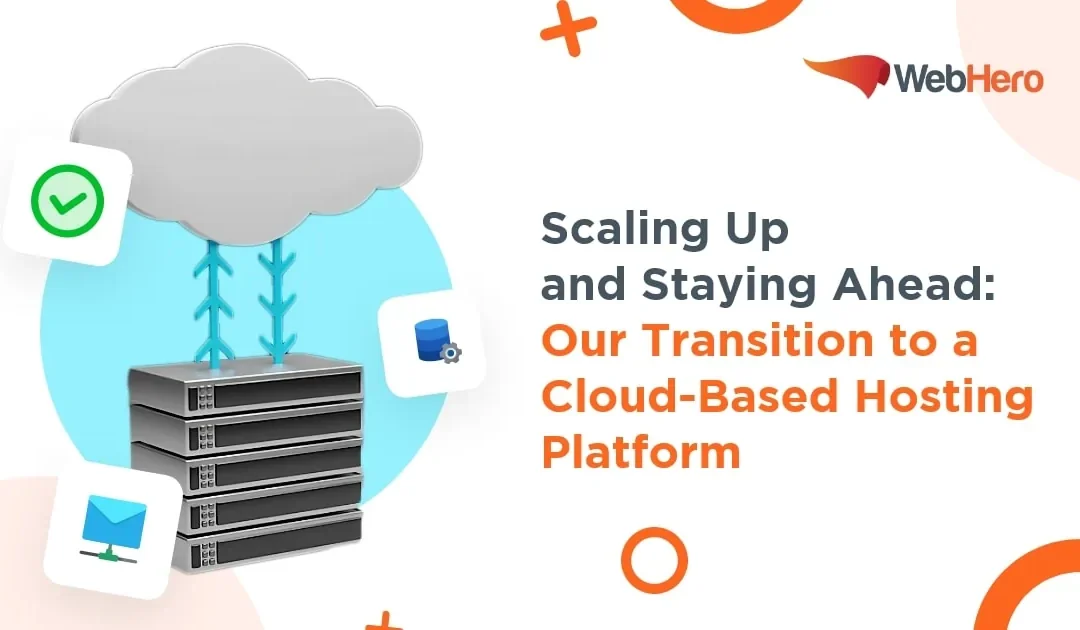An accountant once told me: “Your company will shut down within 3 months. I can guarantee it will happen soon, because I’ve never come across a company run by spread-out team members.”

But after 3 years, WebHero is going strong and continues to serve clients around the world.
We’ve built a decent 6 figure business and currently continue to scale up via distributed team members.
In this blog post, I want to share my experience and what the keys to building an awesome remote team are.
How I define the remote or distributed team
Many will relate ‘remote team’ to hiring developers in India, but for us we go beyond that. We do have local team members, but some are overseas.
For WebHero, I don’t want to rent an office and force everyone to work in the same space. I just believe that there are so many technology stacks that I can put together to replace the traditional office.
When I restructured this digital marketing business and built the current WebHero team, the idea of a distributed team had already been on my mind for months.
Why I built a remote team instead of a 100% local team
A distributed team is no longer something new. Banks and major tech companies have been doing it for years!
You can hear someone with a different accent answering your call when you call your bank, insurance company, and even Google!
Here are some of the reasons why I choose to build my team this way:
Talent is not restricted by geographical area
Digital marketing requires a wide range of talents to make a project successful. You need a great designer for any artwork required, good copywriters that know how to sell, good developers that can build a site quickly.
If you’re only hiring people within the same city, then you will face a ceiling where you simply cannot find the perfect person for the job. Some people just don’t want to live in the same city.
In order to scale up quickly, businesses have to hire the right people for the job, not people living in the same city.
Millennials loves flexibility & extra perks like working from home
Let’s face facts, millennial are going to make up the majority of the workforce in the next 10 years. Moreover, digital marketing is a relatively new off-shoot of marketing. It didn’t even exist before 1990.

Naturally, the majority of jobs need millennials as most young people are very comfortable with technology and ever-changing outlooks. They hate being stuck in one place and working there their entire life.
If a business does not design the work environment that millennials loves, you will have a hard time finding talented people to help your company thrives!
Avoid wasting time on the road
I’m sure you can relate to how bad the traffic is if you have to get on the road at around 8am and 5pm.
Basically you waste 2 hours of your day just on commuting.
A remote team culture allows them to wake up just 10 minutes before their work time, and still complete the same amount of work.
Happy team members!
When you have a physical office that team members need to check into every day, they might have to sacrifice their personal life for this.
They might need to leave their family behind, or move their family to a new city.
But working remotely allows them to work from anywhere they choose to be, without having to compromise their family and personal matters.
Communication strategy for remote teams
The biggest obstacles for traditional businesses that are having a hard time adopting a distributed team culture are always related to communication.
You see, it used to be very easy to meet up and tell your colleague something. But when you work remotely, this becomes much harder. It also used to be very expensive to contact someone outside your home country.
Remote teams require a different communication strategy. We actually use multiple communication channels to keep in touch and keep the work flowing as expected.
Fast communication channels
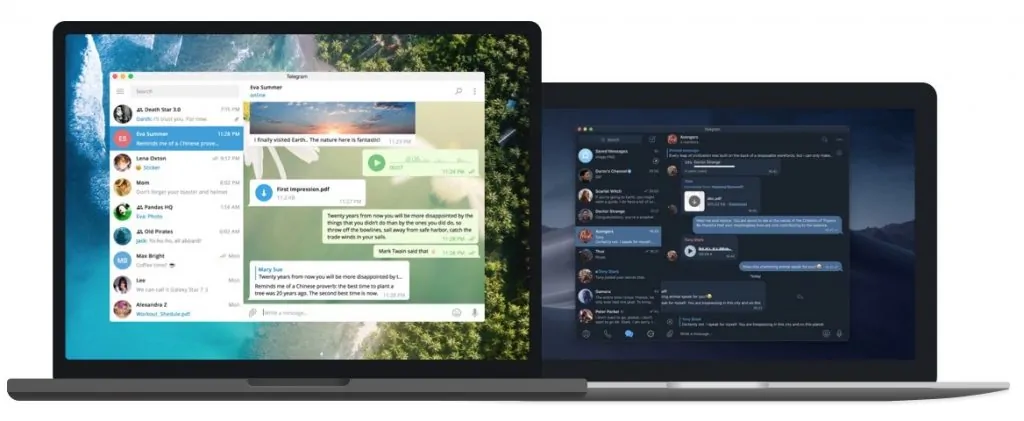
WebHero team uses telegram as our internal communication channel. This is a channel that requires immediate attention, quick discussions, emergency situations or even a call.
Team members are encouraged to avoid using this channel unless necessary, as it can be quite distracting and affect our productivity.
Slow communication channels
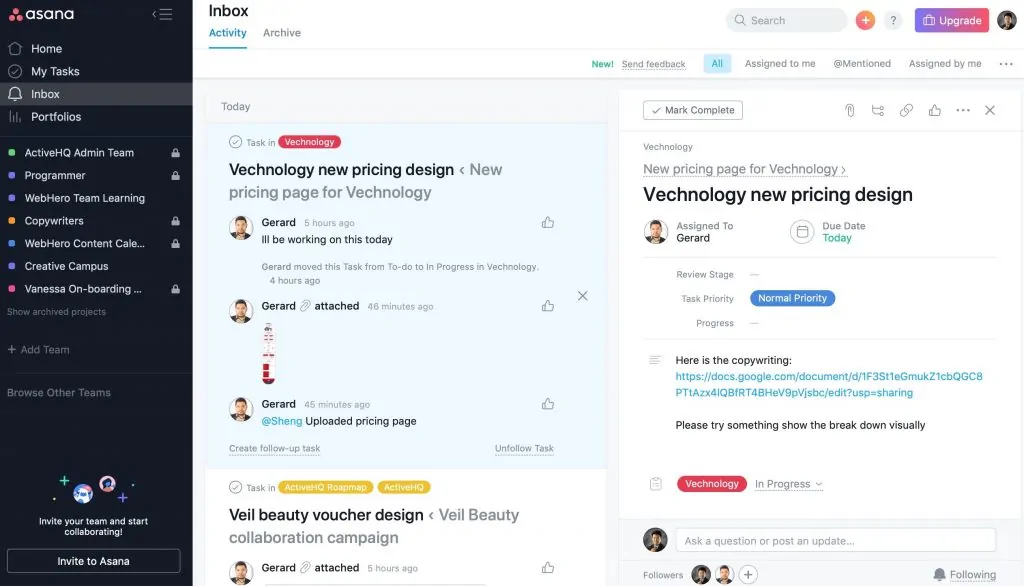
While is very convenient to send an instant message, people can get easily overwhelmed with the volume of group and personal chat.
So WebHero has another slow communication channel, Asana, a project management software to keep track of and communicate task progress.
This is the channel that we communicate important messages via, but it doesn’t require immediate attention.
Set a time limit for message response
It can be quite frustrating if you can’t reach your colleague when you need them most. Traditional offices allow people to just walk over and interrupt their work, but working with a distributed team relies on technology.
For fast channels, team members are expected to reply to all messages within 30 minutes. Meanwhile slow channels allow team members to reply up to 3 hours later.
Meeting channels
You can’t avoid having a meeting and discussing what is going on in the company.

But do you realise that in traditional office settings, workers waste a lot of time with meetings and status updates, and some meetings aren’t even really necessary. If it’s just a status update or task update, we will do this via project management software.
In the event that we really need to talk, we will use a video call function or a standard phone call to communicate.
WebHero team uses Google Hangout for team video call meetings.
Salary structure
All team members get paid according to how they perform every month. A poor monthly performance will incur losing a bonus up to 25% of their full salary.
This helps to tie their performance to the salary they can take home, thus creating a cohesive and effective team.
Setting a key performance index for our team
WebHero tracks work done or end results instead of having team members clock in and clock out to get paid.
We trust our team members to behave like adults and arrange their own time to get things done. So there is no need to have a manager looking over their shoulder to make sure things are done right.
Work performance review
Traditional performance reviews covers the attendance and punctuality of an employee. This makes sense if an employee’s work time will process consistent results. But staying in office for 8 hours can mean zero productivity for creative industries.
At the end of every month, our team members will need to fill in their own performance review sheets to get the full performance bonus.
Client Data Security
The biggest obstacle in transforming to a distributed team is data security. Business owners are constantly thinking about data breaches, staff quit the company and you need to refresh your login details.
The nature of the projects WebHero handles is mainly marketing related. This means the majority of our materials will soon be published on the internet.
Using LastPass to manage website logins & password
Our team members don’t actually all receive login details in the form of a password. We share our access via Lastpass, a password manager app that controls access to the client websites and apps we use.
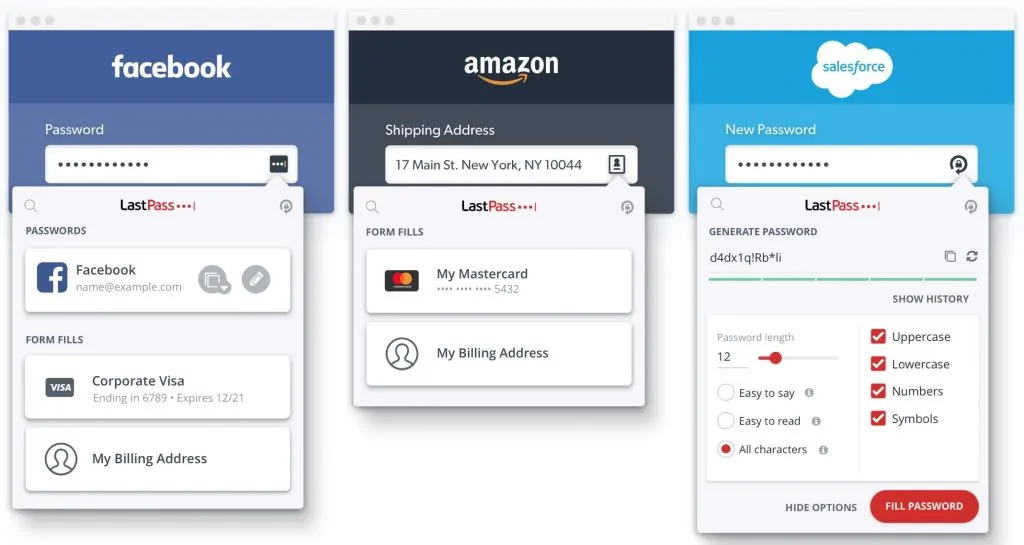
So in the event that one staff member leaves the company, all we need to do is to remove them from the shared access.
LastPass also allows us to share login details without the need to constantly ask what the password for a specific site is.
It allows us to login automatically and update passwords for everyone.
Make it compulsory to install anti virus
You never know when a virus will infect your computer, so we make it compulsory for everyone to install Avast anti virus.
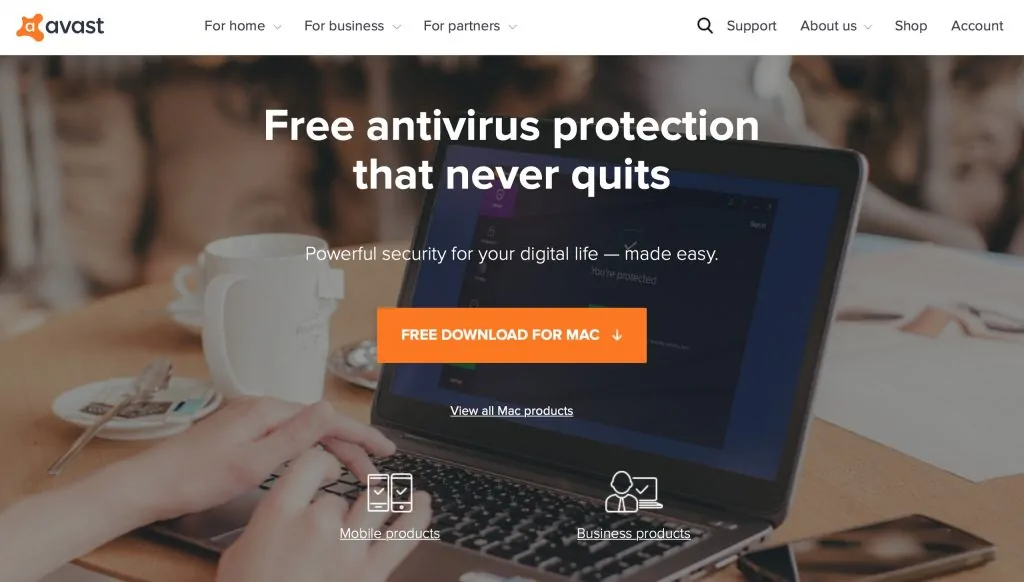
A free personal version should do the job, but if a company feels insecure about the free version, Avast do offers cloud version where IT personnel can control every computer’s settings from a remote location.
That will help to reduce most of the virus issues.
Final thoughts
Building a distributed team or putting everyone in a traditional office works the same, you’re dealing with people.
Unless your team needs to physically handle the process – for example manufacturing products – remote working will be a major trend for the future workforce.
Businesses that can adapt to this working environment will find talents more easily than traditional offices.



